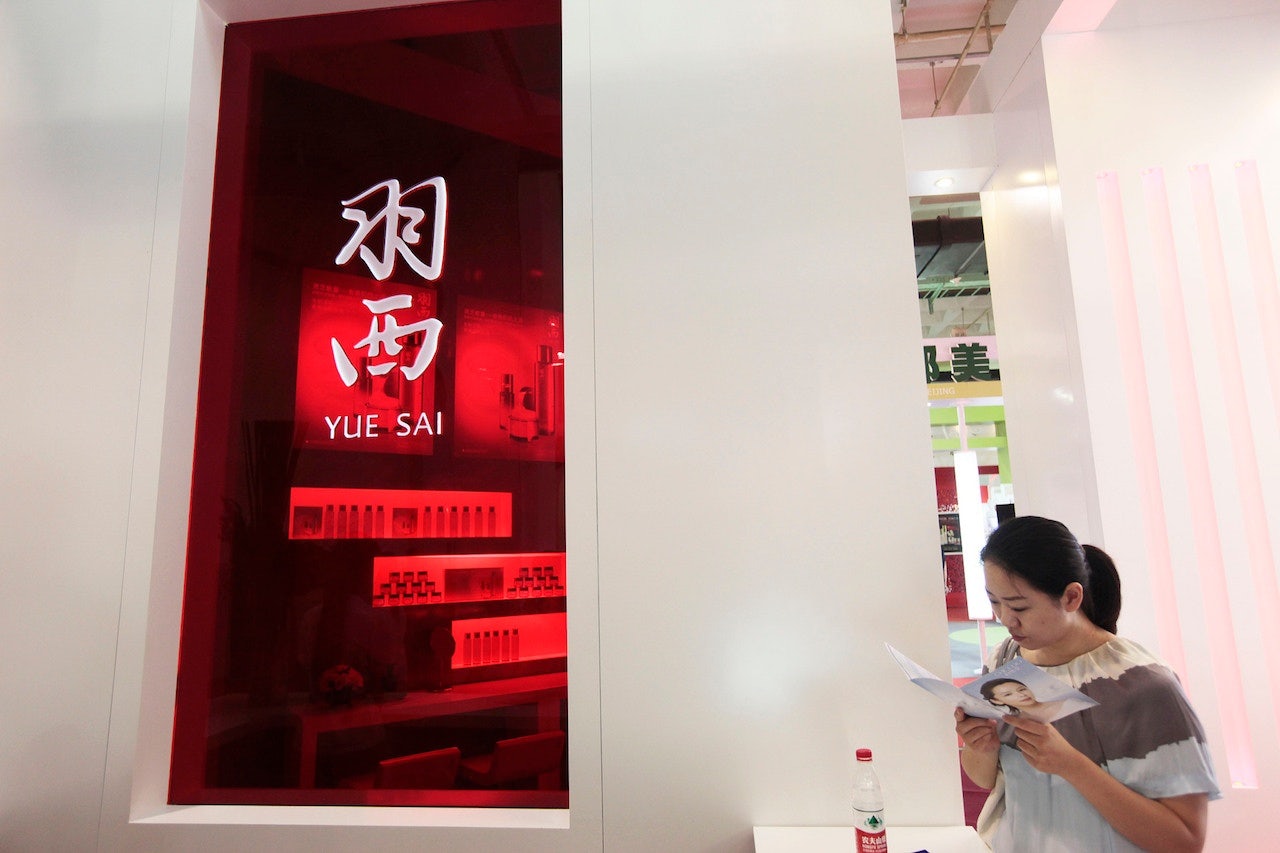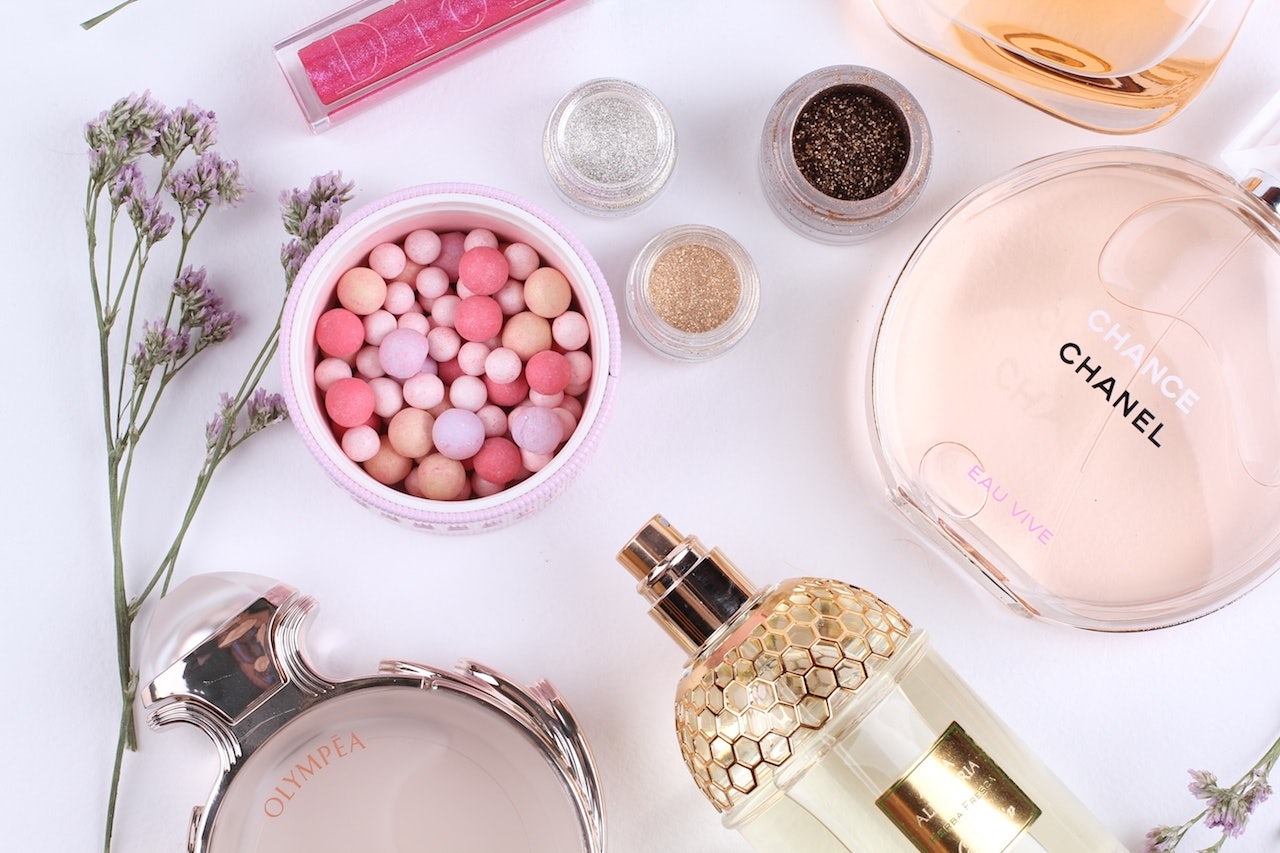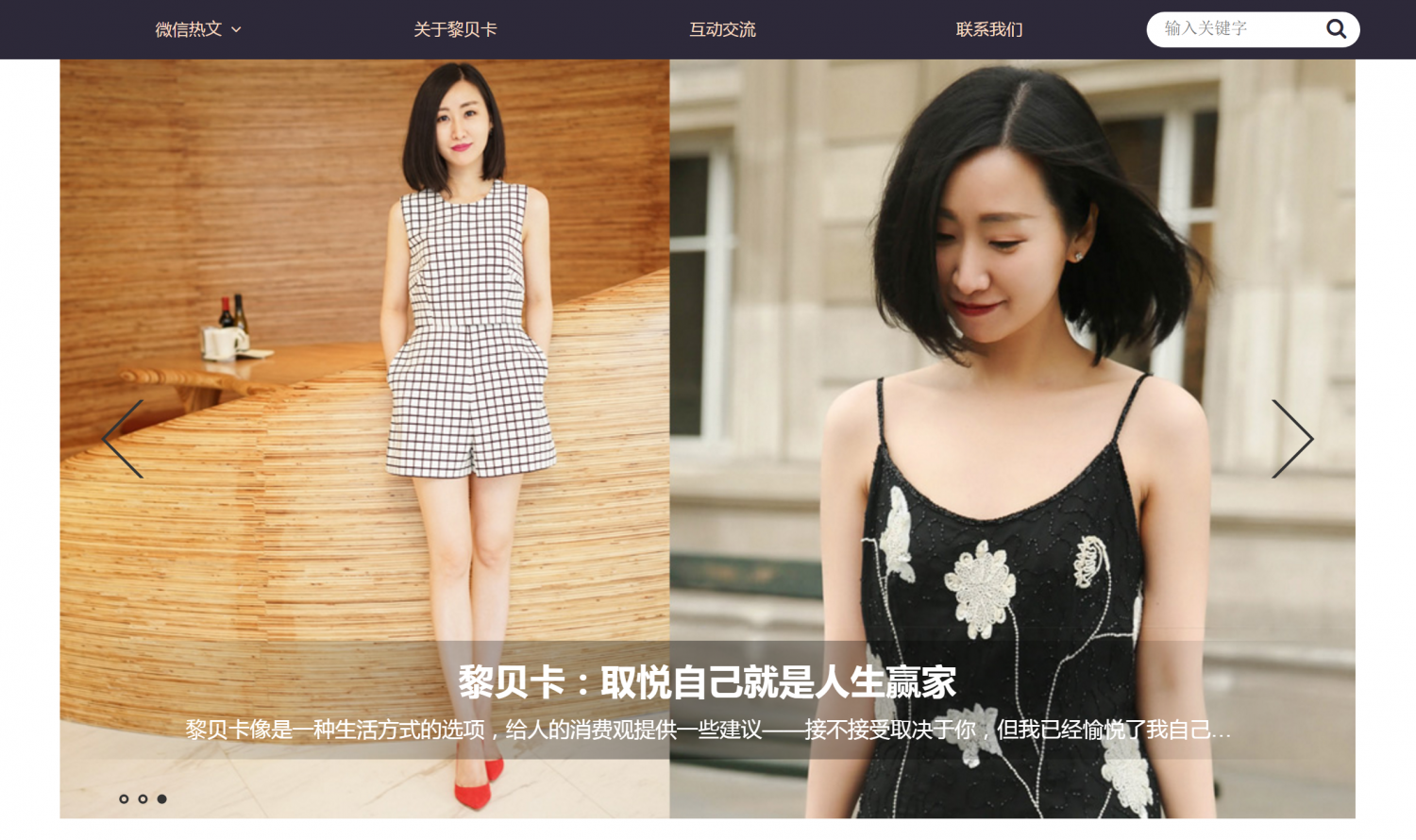Luxury and premium beauty brands including Chanel, Clinique and Estée Lauder have all seen the growth of their brand value slow in 2016, according to a ranking report entitled Cosmetics 50 2017 released by the UK-based brand valuation consultancy Brand Finance. Chanel, which ranked 9th last year, moved down to 12th in 2016, while Clinique dropped from 5th place to 9th.
Premium Brands Have Done Better in China#
But in China, the trend was the opposite. "Premium cosmetics brands have done better than mass cosmetics brands in the China market this year," said Zhang Fei, a cosmetics analyst with
Brand Finance. "This group of customers is the key target for brands against an economic slowdown backdrop.... With a growing upper middle-class in China, the wealthier Chinese need to find more authenticity and [are] pursuing a more luxurious lifestyle."
The cosmetics brand report is published in April each year. The firm calculates the value of any given brand using a methodology they've devised called “Royalty Relief." The approach includes both past performance as well as estimates of the potential future sales of a brand. In predicting a brand's strength in the upcoming year, they rely on three metrics, namely “brand investment,” “brand equity” and “brand performance."
Performance in China is already taken into account by the analysts. "We reference the brand’s Chinese performance in the geographic split, which feeds into assumptions such as WACC and tax rate," said Zhang. "The greater the proportion of revenue from China, the more significant it is to the brand’s value and ranking in the table."

Mass Cosmetics Labels Beat Luxury Counterparts Globally#
Per Brand Finance's calculation, the Estée Lauder-owned cosmetics label Clinique experienced a huge decrease of its value by 16 percent in 2016, leading its ranking to drop four notches from the prior year. However, Clinique has remained the only player in the high-end realm that made it into the top 10. Its current brand value is 4,987 million.
The brand value of Chanel’s beauty line was down one percent to 4,317 million. Estée Lauder and the French premium label Clarins followed at 13th and 14th on the list, respectively.
Increased Awareness of Beauty and Grooming#
Would the economic slowdown in China affect the brand value of these cosmetics brands in the near future? While the forecast growth is expected to slow slightly in China, according to Zhang, overall, the market remains strong as a result of better living standards and increased awareness of beauty and personal grooming. "Also," said Zhang, "none of the brands in the top 50 sell in China alone, so this effect is likely to be balanced out by other markets."
Beauty Brands Need Understand Chinese Consumer#
It's very important for beauty brands to understand Chinese consumers' behaviors and preferences. "Chinese consumers have different requirements and preferences compared to other markets, eg. Focus on sun protection and whitening skincare," said Zhang.
"In addition, there is increasing competition in China, both from domestic and international brands, and if a brand is not offering consumers what they want or need, then they risk losing consumer loyalty and sales."
Foreign cosmetics brands are facing a challenge from domestic brands. They've been trying to understand the Chinese market better. And some foreign cosmetics giants have been eyeing on acquiring domestic brands that are closer to Chinese consumers to further facilitate their understanding of the market. But domestic brands are also challenging international giants like L'Oreal and Estée Lauder in China.
"L’Oreal took over Yue Sai, which is the first cosmetics brand in China," said Zhang. "This furthered 3.2% of sales growth in the following year."
The competition has urged international labels to innovate their products and cater to the real skincare and cosmetics needs of Chinese consumers, which often is very different from that of the Western audience. For example, Chinese consumers tend to care about sun protection and whitening skincare than their Western counterparts.
As for other lessons and implications that the ranking can offer the global beauty industry, Zhang said that internet retailing continues to grow, along with the need for strong supporting social media. "Exciting new launches remain key to attracting and keeping consumers."

